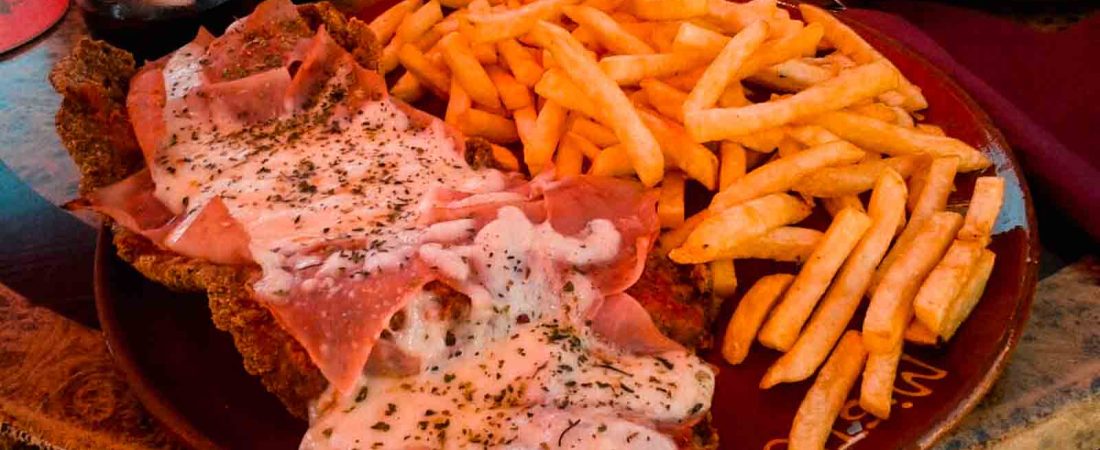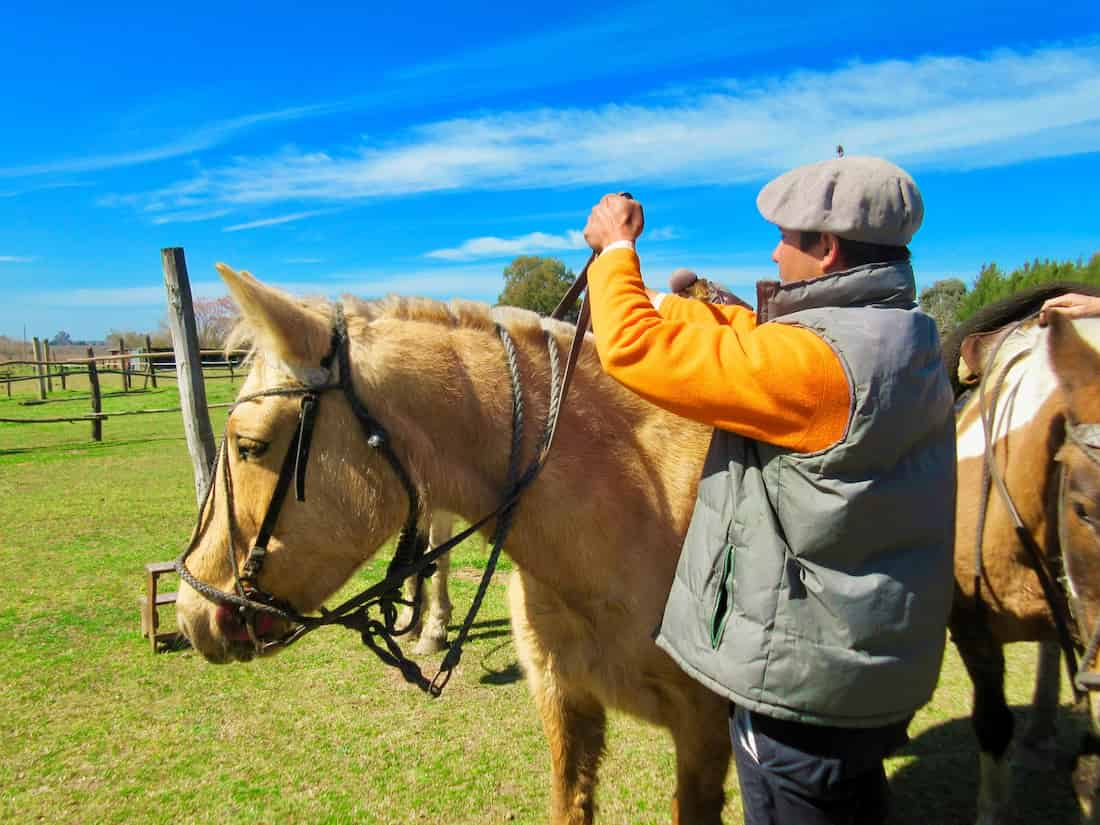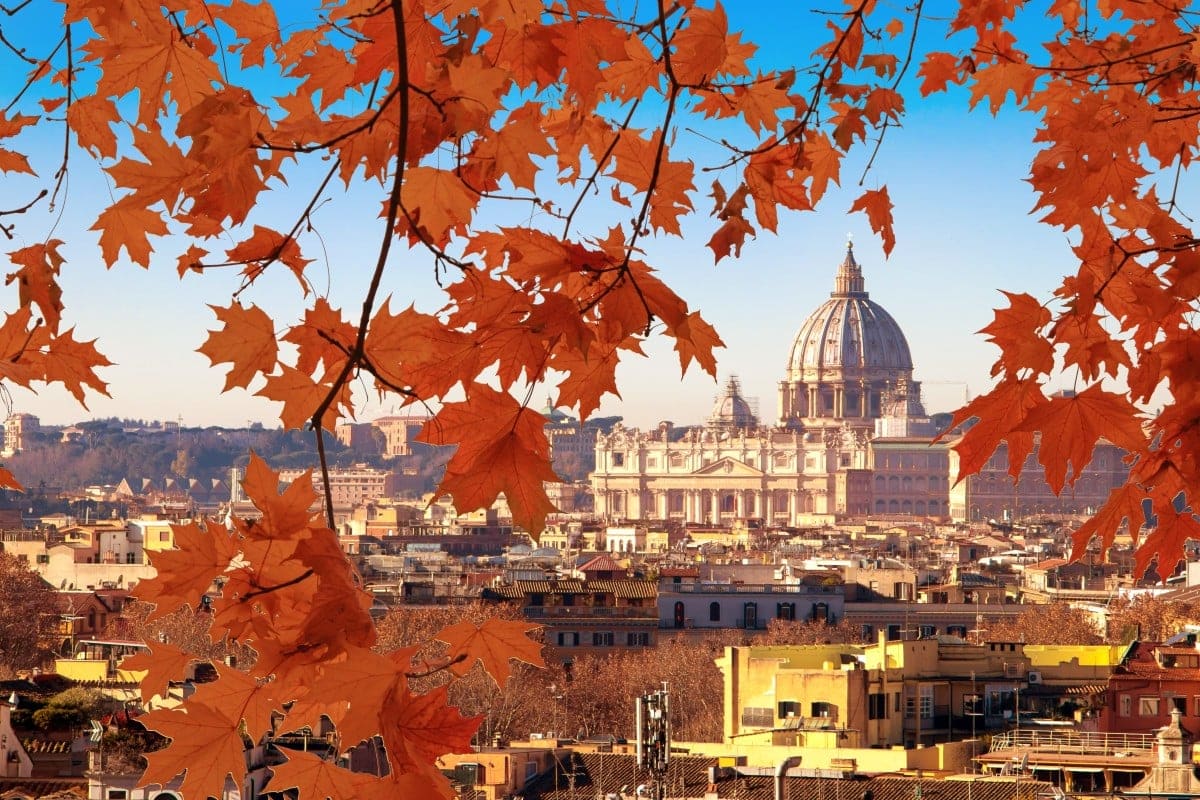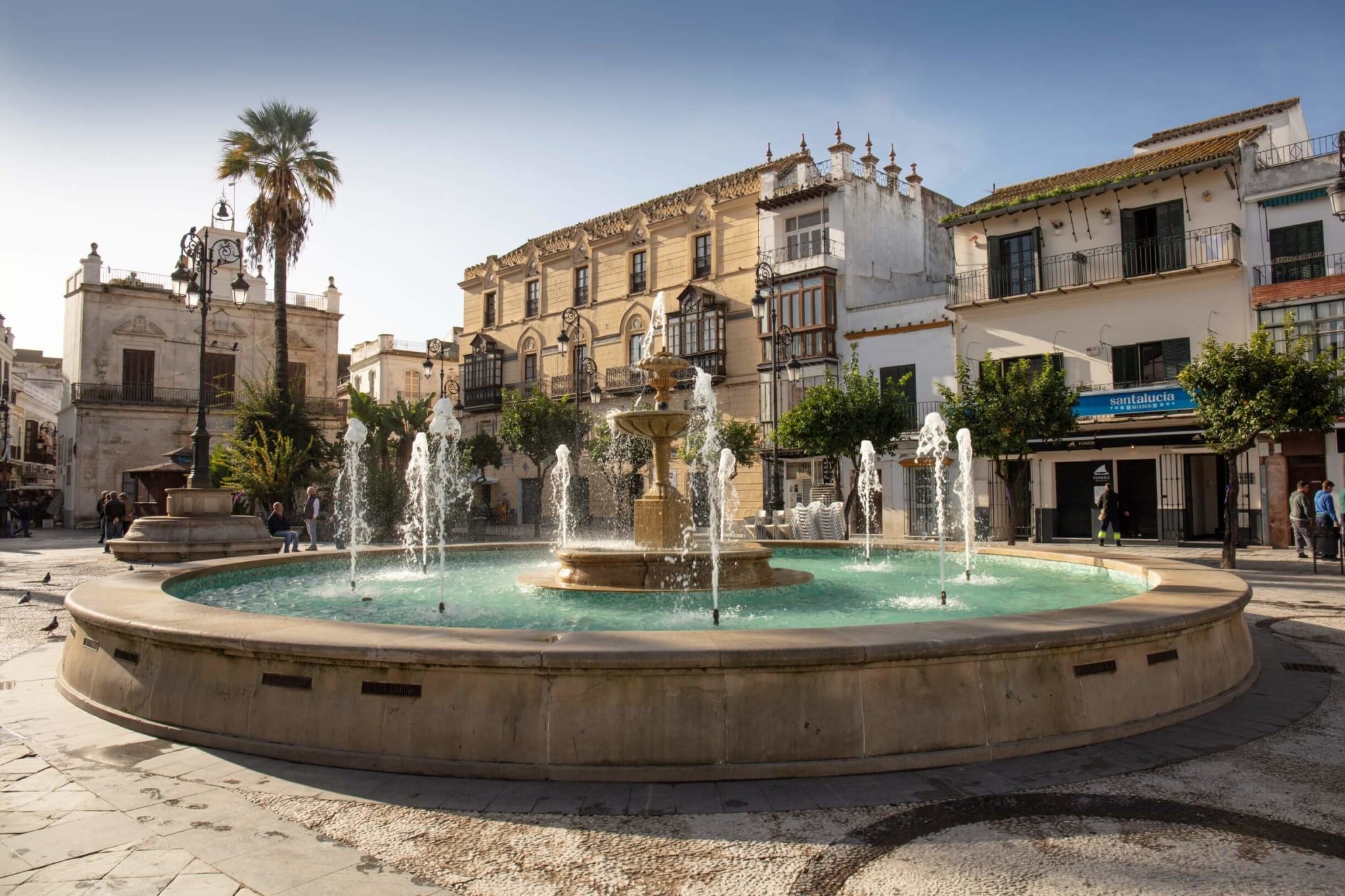Trying to choose the 16 best Argentine foods that are not barbecue is not easy at all. Gastronomy is part of the culture of a territory. Something important in your identity. What defines the way we live, behave, how we are, where we come from or how we have been transformed over time. It talks about the history of a country, how it was formed, what it was like, and the twists and turns it had over the years.
Describing Argentine gastronomy is a complex task , something that of course we do not intend to carry out in this article. But, high above, we can see that the dishes that we will show below reveal something of the identity of this country : a large part of the culinary traditions are given by dishes that come from Europe: the Italian influence and Spanish, mainly, which also combines with the gaucho, and that mixes with the dishes and gastronomy native to the northwest of the country.
Argentina’s first association with food is meat. “Mmmm roast, chorizo steak” foreigners repeat when we mention our origin. And it is that without a doubt that marks them in their visit to our country. Who doesn’t?
But it would be unfair to pigeonhole Argentine gastronomy in the barbecue, and it is also unfair in everything we mention here. But to give just a brush to those who only associate us with barbecue, we choose other typical dishes of our gastronomy to include on their list and to order on a future visit.
1. Breaded escalope with french fries or “Milanesas con papas fritas”
Some say that Argentines have bulletproof liver. It will be so much to eat milanesas with fries, the most successful duo in the south of the continent. Simple but effective: it is a fillet of meat coated in egg and breadcrumbs that, for some reason that science has not yet been able to determine, combines fabulously well with very crispy potatoes. It is also, by far, the favorite dish of Argentine children.
The brave will say that Milanesa is Neapolitan or on horseback . These variants include tomato sauce, ham and cheese in the first version and one or two fried eggs on top, in the second. Knock out for many, but pleasures like few …

Ingredients :
- 500g of meat that can be loin ball, or cut square for Milanese
- 4 to 5 beaten eggs
- 1 pinch of chopped Parsley
- Flour
- Breadcrumbs
- Salt
- 3 peeled medium potatoes
- Oil
Preparation:
- Cut the potatoes into sticks and immerse in a container with water until cooking.
- Beat the meat with a dough to soften and salt to taste.
- Prepare three containers, one with flour, another with beaten eggs, salt, garlic, parsley and, in the third, breadcrumbs. Pass the milanesas first through the flour, then through the eggs and finally through the breadcrumbs, crushing well with the palms of your hands so that the breadcrumbs stick.
- Put two containers with oil. to the fire. In one, fry the milanesas (on both sides) and in the other the potatoes, before removing them from the water and drying them in a dish towel and then cooking in the hot oil.
- Dry on absorbent paper.
2. Empanadas
Yes, I know what many think: the empanada is not Argentine. There are empanadas (with this name or others) in most Latin American countries. We agree, yes. In Argentina it is eaten a lot, in fact it is sold in restaurants, food houses, bakeries, it is cooked at home and is ordered as a starter, main course, and even as a dessert.
By definition, an empanada is: & nbsp; “thin dough of bread or puff pastry, filled with any salty or sweet food”. Although there are as many versions as there are places where it is eaten: salteña, santiagueña, san juanina, tucumana … anyway, each province or region has its variants: with potatoes, with eggs, fried, with meat cut with a knife, minced. Anyway, a must in Argentine gastronomy.

Ingredients of the classic meat pie:
- Tapas of empanadas for the oven, Creole type.
- Or, if you want to knead the dough 750 gr. of common flour, a cup of beef fat, coarse salt, boiling water.
- A kilo and a half of meat from a pulpy cut: square, square, loin ball.
- 2 onions.
- 3 cloves of garlic
- 1 handful of green onions.
- 4 or 5 hard-boiled eggs.
- Olives, one cup and a half.
- Salt and pepper
- Spices: chili pepper, paprika, cumin.
- Olive oil, two or three tablespoons.
- One egg yolk.
3. Locro
[Only to eat in winter] Its origin places it in the & nbsp; northwest of Argentina, and consists of & nbsp; a thick stew made from corn and squash, which includes meat, potatoes, beans, legumes and red chorizo (fat tripe and tripe are also invited), among other ingredients.

Ingredients :
- ½ kilo of white corn
- 1 kilo of skirt meat
- 3 sausages
- 100 grams of smoked bacon in a piece
- 2 pig legs
- 200 grams of pork or ear skin
- 200 grams of tripe
- 1 kilo of ripe pumpkin
- 1 onion
- Salt and pepper to taste
- 1 teaspoon of ground cumin
- For the sauce: ½ cup of oil 3 green onion
- 2 tablespoons of sweet paprika 1 tablespoon of
- hot paprika 3 tablespoons of vinegar.
Preparation:
It takes time but has its reward: Soak the corn overnight, then bring it to a boil in a large pot with about three liters of water, with the pork cut into strips.
After 1 hour add the other cut meats, bring to a gentle boil and if necessary skim. Add the onion, the cut squash and the seasonings. Bring to a slow boil, stirring. When the squash becomes soft, flatten one part against the edge of the pot, with the wooden spoon, to thicken it. It has to be liquid but thick. Apart, sauté the green onions with the peppers in the oil; when they begin to become transparent add the vinegar. Serve in casseroles with a tablespoon of the onion sauce in the middle.
4. Humita
It is a food of Andean origin, so it also exists and is typical of other Latin American countries. It is prepared in two ways: in a pot and in a husk. The first version is a creamy stew that is achieved by grating the corn kernels, to which onion, milk, salt and cumin are added. The second is obtained by wrapping that same cream, but without cooking, in previously cut husk leaves. The wrapper is then closed, held up with a thin ribbon, and boiled. Pieces of goat cheese (as in Salta for example) and also pieces of meat and raisins can be added to the filling.
Ingredients :
- Corn: 18
- 1½ dozen corn
- 1 onion
- 2 tomatoes
- 1 chili pepper
- 1 tablespoon butter
- 2 tablespoons oil
- salt, pepper, sugar to taste
5. Pickled aubergines or “berenjenas en escabeche”
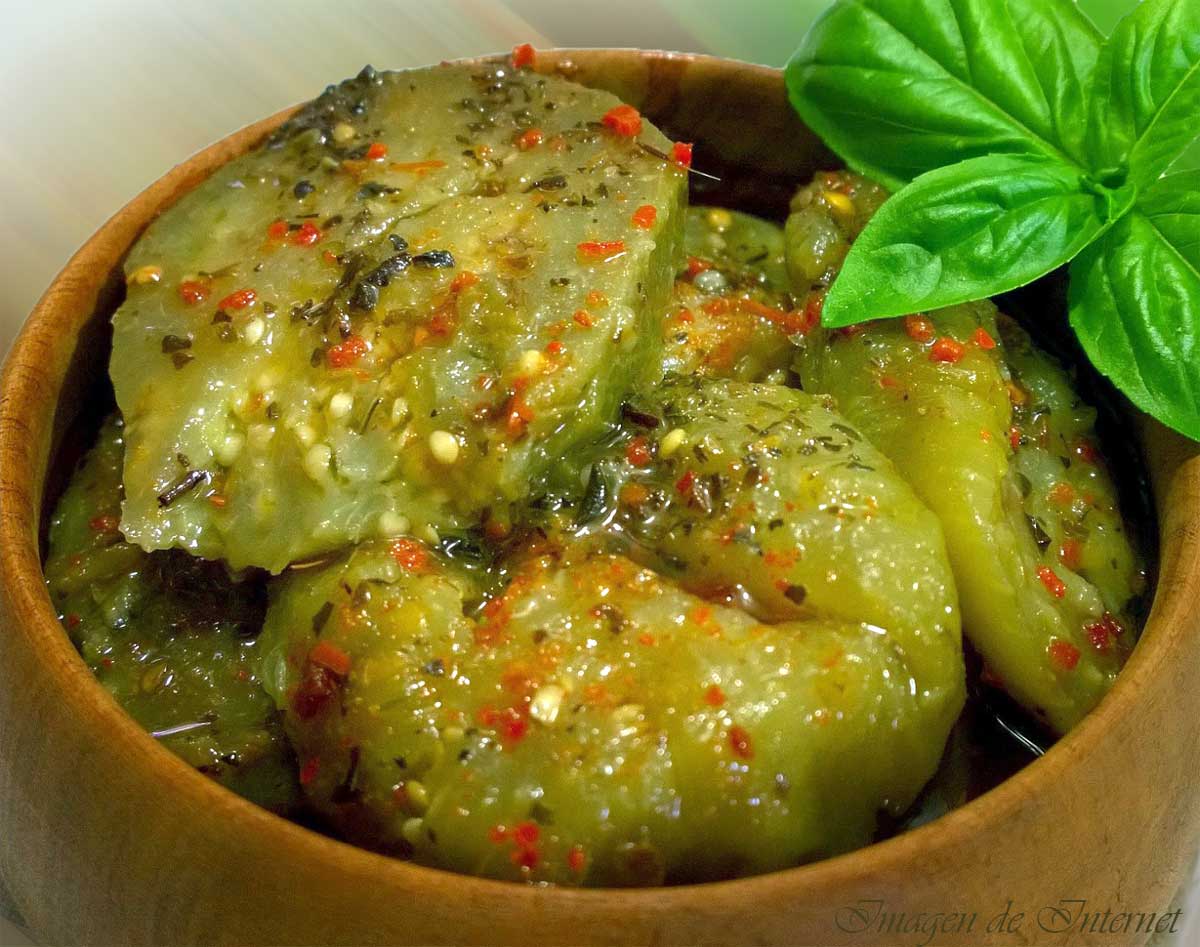
It is not so easy to find this in a restaurant: Pickled aubergines are a homemade dish and take a considerably long process of preparation. You need at least 1 kg of aubergines, which should be sliced at least 1 cm wide. Subsequently, they should be boiled for a few minutes and then stored in a glass jar with plenty of oil accompanied by finely chopped garlic, parsley and oregano and boiled again for half an hour. Finally, they should be kept in a dark and dry place for at least 10 days. The normal thing is to take this dish as a starter with a glass of wine and cheese, or use them to accompany meats and Milanese!
6. Chimichurri
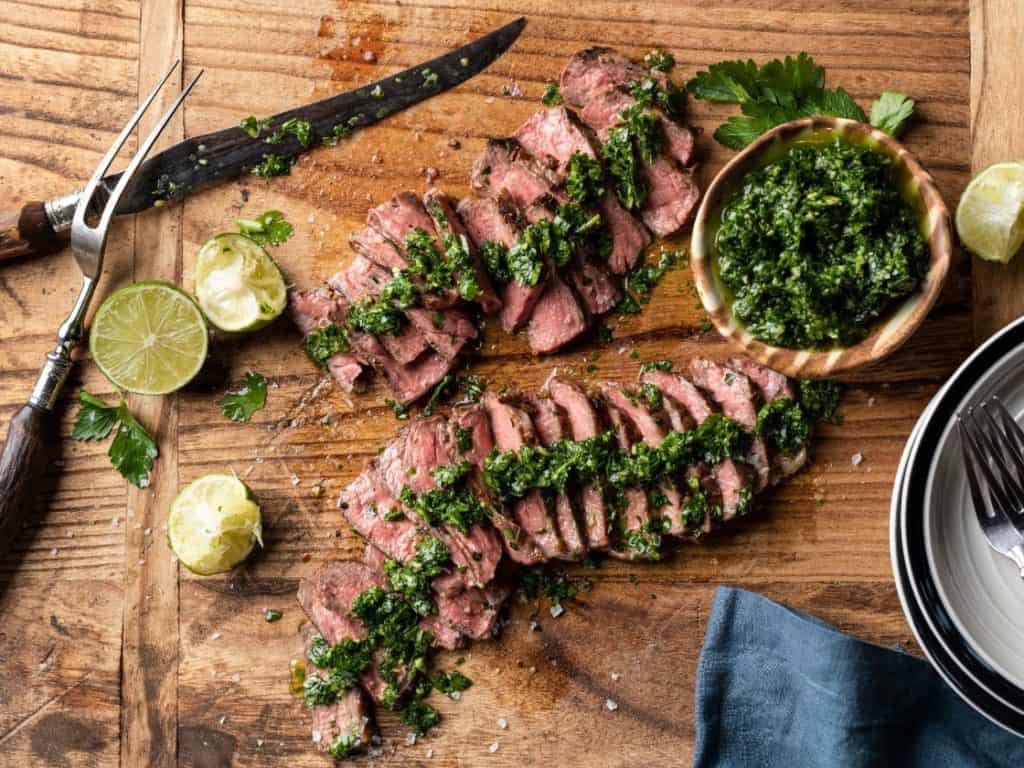
The favorite of many people who know Argentina! The sauce called chimichurri has a liquid consistency that includes a wide variety of ingredients to enhance its flavor, including parsley, garlic, vinegar, oregano, ground chili, olive oil and salt. Although it is widely consumed in Argentina, it is also taken in Paraguay and Uruguay. He is the best friend of the asado, the choripán and salads, as well as for marinating fish. It should be kept in the refrigerator in an airtight container.
7. Chinchulines

Who has already tried the asado and is encouraged to a very Argentine delicacy: the chinchulin is the right choice. The term chinchulines comes from old medieval English and is used to refer to the guts or the small or large intestine of cattle . The secret is that the chinchulines are crunchy and well toasted . They are usually cooked together with the Argentine barbecue and are eaten as an accompaniment. Chinchulines that are cooked with the small intestine are usually presented in the form of a braid, while if the large intestine is used (called in Argentina ocote or fat tripe ), it it is cooked in a similar way, but it is filled with the same ingredients as the chorizo.
8. Fainá

Just as chimichurri is the best friend of barbecue, Fainá is the best friend of Argentine pizza. Her word is an adaptation of the term farinata , from the Genoese dialect and whose meaning is made with flour . Fainá is another dish that has been installed in Argentina’s gastronomy and brought to the country by Italian immigrants between the 19th and 20th centuries. Fainá is consumed as topping for pizza and is actually placed on top of each slice of pizza. There are many fainá recipes, but all more or less follow the following rule: 1/4 of the weight of the total chickpea flour mixture, 3/4 of water, salt, pepper (some add it in grains) and olive oil for perfume
9. Polenta
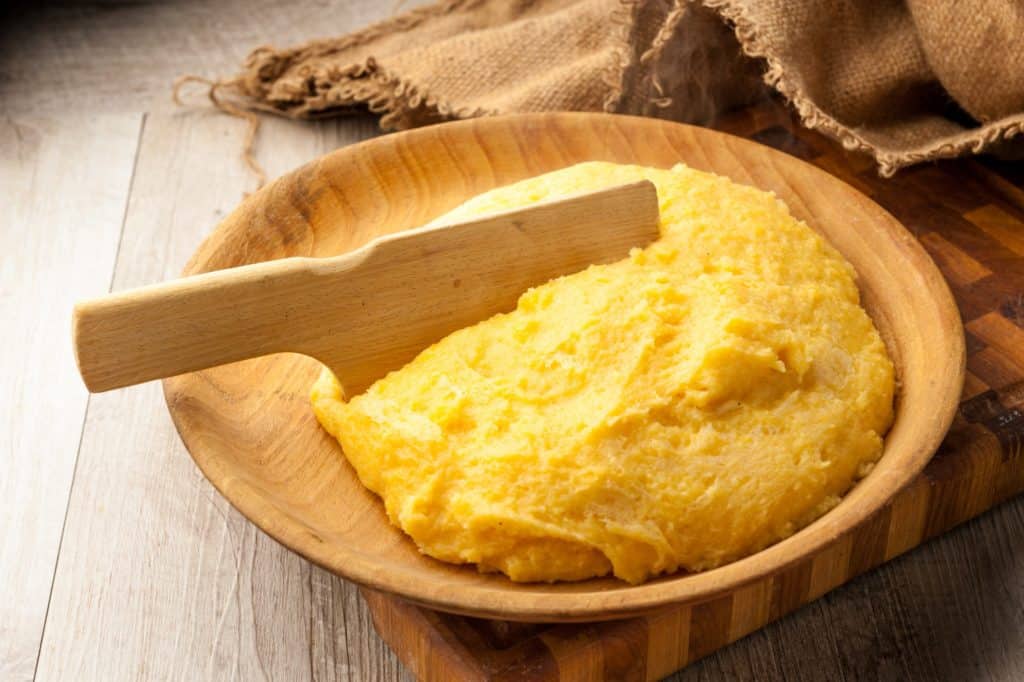
Children tend to like polenta … this is an original dish from the northern region of Italy, but today it is consumed in most of Europe (Austria, Bosnia, Portugal, Slovenia, southern France …) and in Latin America, especially in Argentina, where it is taken especially in the coldest months of the year. The most common way of preparation is accompanied by tuco (sauce made from tomato, onion and beef) and grated cheese (usually Parmesan). The Argentine poleta tends to have a fairly thick consistency, to the point that sometimes it is necessary to cut it with a very fine string called piolin .
10. Sorrentinos
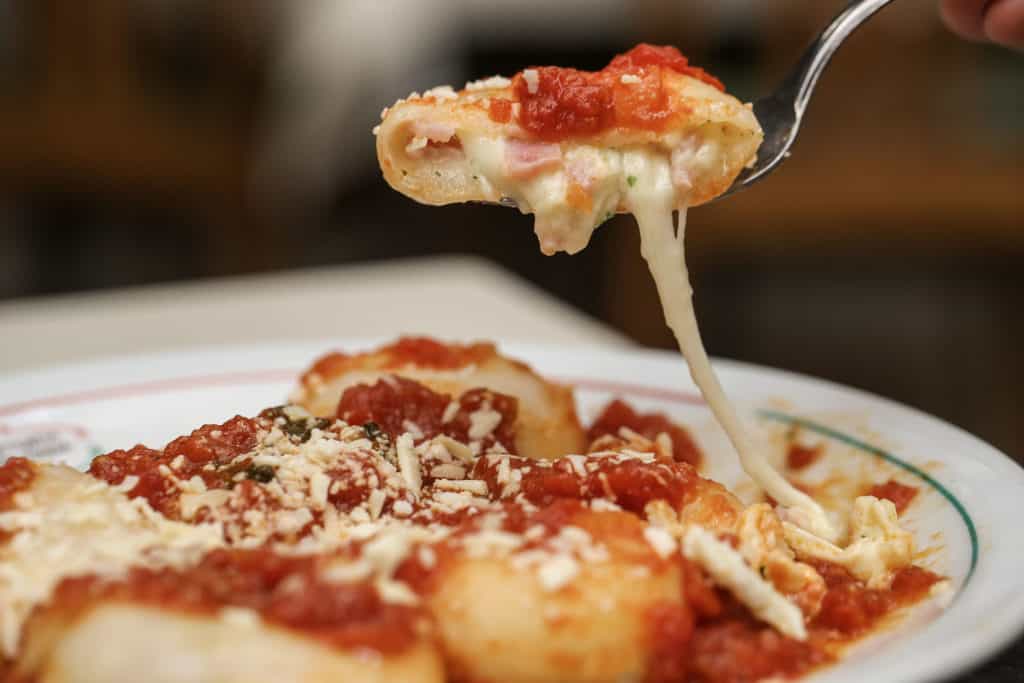
Pasta along with roast, are the dishes on Sundays (with the family) . Sorrentinos are another of the dishes that are inherited from the Italian influence within Argentine cuisine. It is a type of stuffed pasta similar to Italian ravioli that usually includes ham, cheese and ricotta, although these ingredients may vary depending on the region where they are prepared. Thus, there are also spinach, salmon, brie cheese, mozzarella cheese, raw ham, prawns, squash, onions, tomato sauce …
11. Provoleta
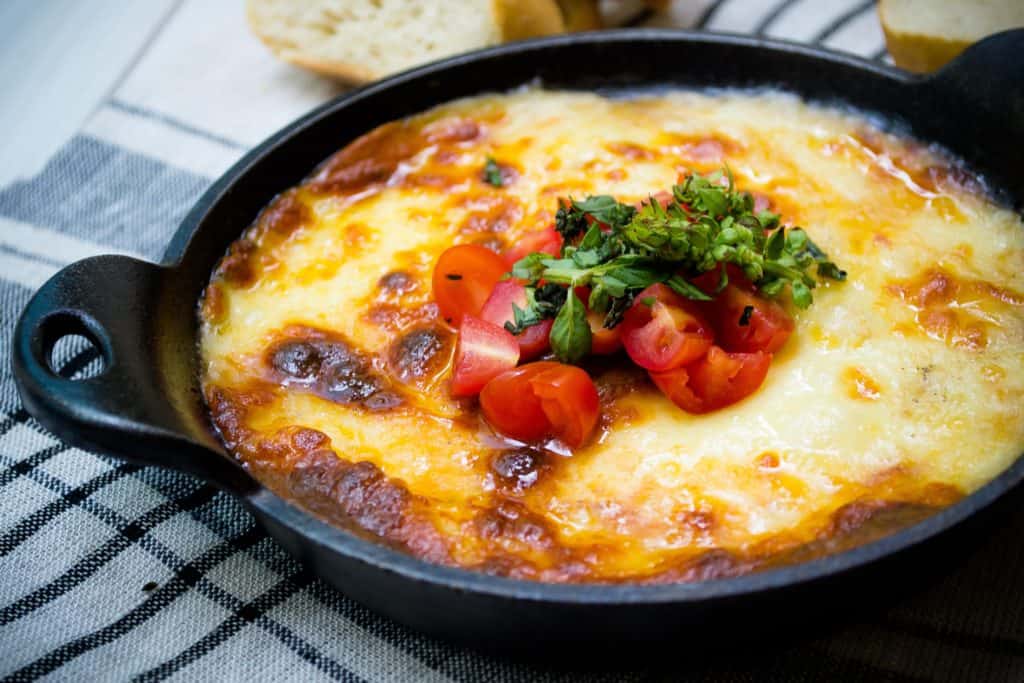
Provoleta is actually the name of a commercial brand of cheese that refers to & nbsp; Argentine spun provolone cheese . It is characterized because it is a cheese that was created to be grilled or grilled, so that it is thick and with a golden appearance. It is usually taken as a companion to meats, sausages and minced meat. Once melted, a little oregano is sprinkled on it and olive oil is added on top. It is also common to take it with bread.
12.Vitel toné
Strangely, this food is only eaten at Christmas and New Years. It can be obtained in a restaurant or food house, although it is not very common. IT’S A DELIGHT.
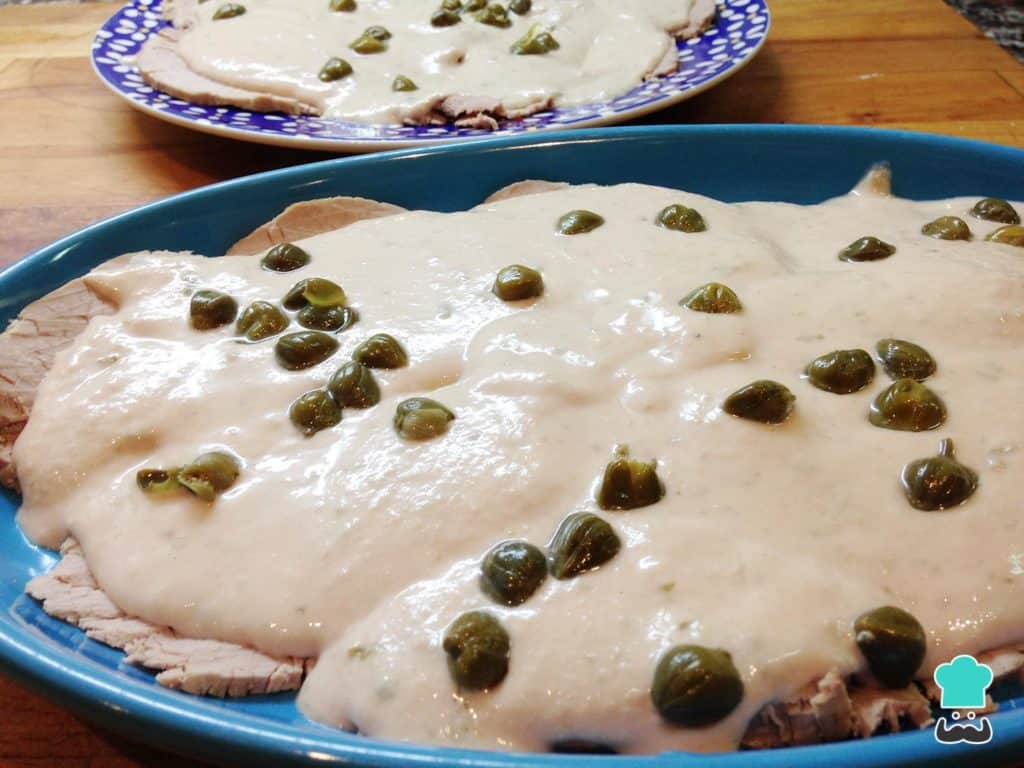
El vitel toné es un plato original de Italia, concretamente de la región de Piamonte, donde se conoce como vitel tonné en dialecto piamontés o como vitello tonnato en italiano. Al igual que otros platos ya mencionados, se ha hecho muy popular en Argentina, así como en Uruguay. Se trata de filetes de carne vacuna que se acompañan de una salsa cuyos ingredientes son el atún, el huevo duro, laanchoa y la crema de leche. También pueden incluirse alcaparras. Su preparación es relativamente sencilla
13. Zapallitos rellenos

Grandma’s food, if any ….
Pumpkin is a vegetable that belongs to the squash, zucchini and similar families. Specifically, the pumpkin (from the Quechua language: sapallu ) is the most popular variant in America, where it is also known as auyama . The squash, when they are yet to mature and their skin is soft, are called zucchini . The stuffed zucchini dish is easy to prepare and consists of filling them with egg, cooked ham, breadcrumbs, grated cheese, onion, butter and olive oil. They are cooked in the oven.
14. Flan with dulce de leche

When it comes to desserts, flan with dulce de leche is the finishing touch to any dinner. It is prepared with whole eggs, milk and sugar. Although they say that it is a Roman invention and that César himself tasted it before going to the Senate, flan is Argentine by adoption. Ordering it with dulce de leche is a must and adding whipped cream is almost a perversion.
Ingredients
* 1 liter of milk
* ½ kg of dulce de leche
* 4 eggs
* 2 yolks
* 200 g of caramel sugar
1. We put the milk and the dulce de leche in a saucepan, we put the fire until the sweet has dissolved. Remove and let cool.
2. In a container we place the eggs and the yolks, add the milk mixture and blend or process.
3. Place in a caramelized pan, cook in a bain-marie oven until firm.
4. Remove and let cool and then take it to the refrigerator to continue cooling. Once cold we can unmold.
15. Facturas

There are people who ask for dessert bills. No friends, although you can eat them whenever you want, bills in Argentina are a tradition and a symbol of the hospitality of its inhabitants, since it is usual that, if visitors are received at home, it comes accompanied by a plate of bills. The invoices consist of a wide range of pastries that is taken to accompany the cooked mate, the coffee with milk or mate. They can be filled with dulce de leche, sweet potato, quince paste or pastry cream. The best known invoices are the croissants, which we will talk about below, the black cakes , the Berliners or friar balls , the palmeritas and the dulce de leche cannons , among others.
16. Pastafrola

Another grandmother’s classic: Pastafrola, pasta frola, pasta flora or pastaflora, in Italian pasta frolla. It is a very popular artisan cake in Argentina, as well as in Paraguay and Uruguay. Its origin is Italian, which is why it is very similar to crostata. The fundamental difference between pastafrola and crostata is that the first is filled with quince paste and, the second, with jam, which can be made with strawberry, dried fruit, peach, apricot … There are Argentine variants in which quince paste It is replaced by the famous dulce de leche or also by sweet guava or sweet potato. One of the main characteristics of the appearance of this cake is that the top layer is decorated with strips made with the same dough with which the base is made. It is cooked in the oven and is a typical sweet to accompany an infusion of mate at any time of the day.
